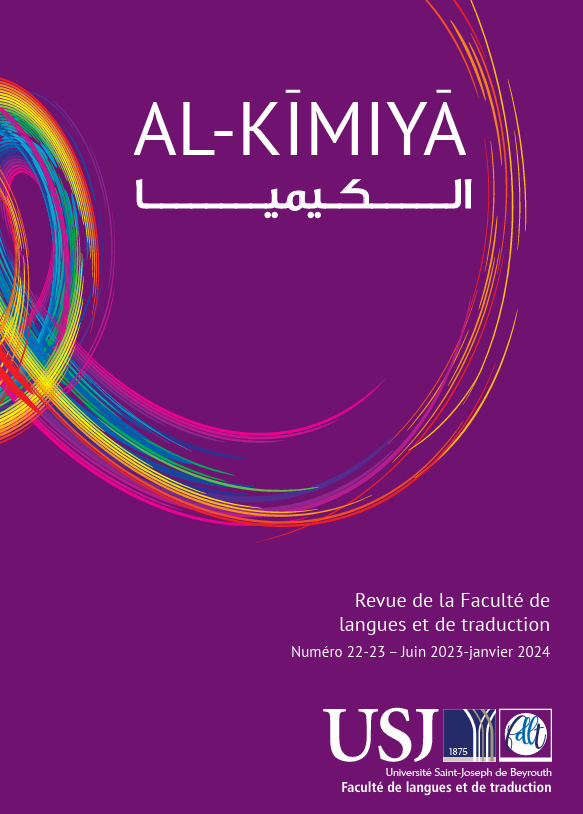Abstract
Nowadays, machine translation has become part of many translators’ working environment, and its informed use can add value to their work (Loock, 2019). It is imperative for universities to teach students the necessary skills to adapt to these emerging technologies and a constantly evolving market. The survey, conducted as part of a master’s research thesis, aimed to evaluate the adequacy of post-editing training and its alignment with the reality of the translator’s activity. We sought to measure the role of post-editing in the translator’s activity by surveying professionals through a questionnaire and gathering their feedback on the adequacy of post-editing training provided during their translation studies. The results show that post-editing is increasingly becoming a significant part of the translators’ work. However, it also sheds light on the fact that the education provided in Translation master’s programs may not always fully meet the market’s requirements.

